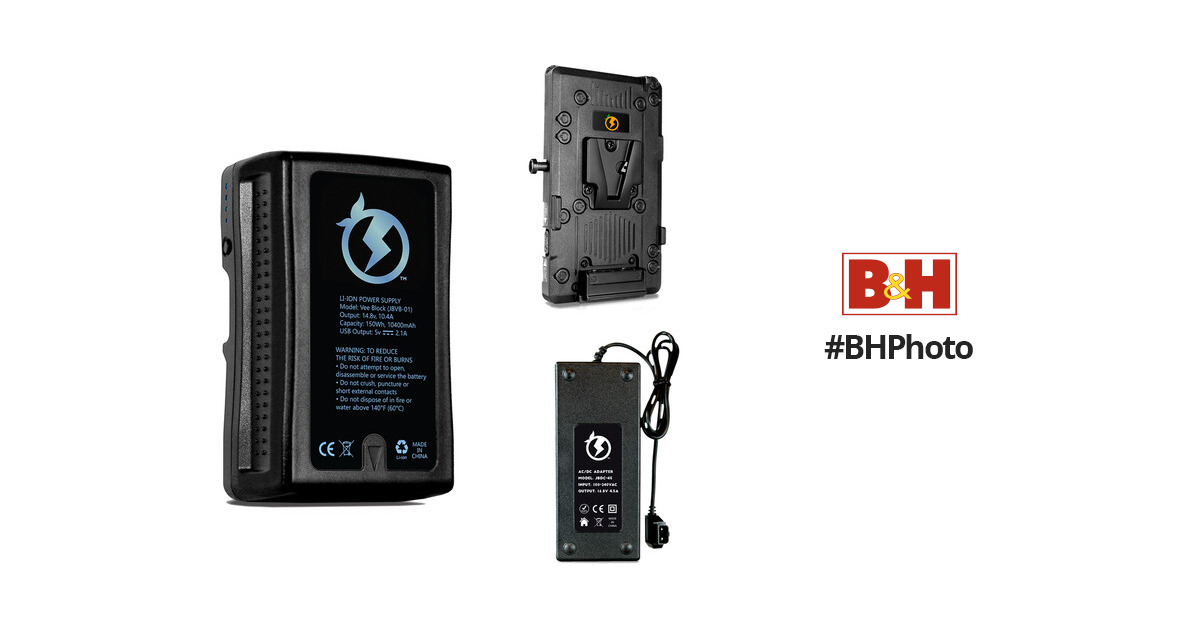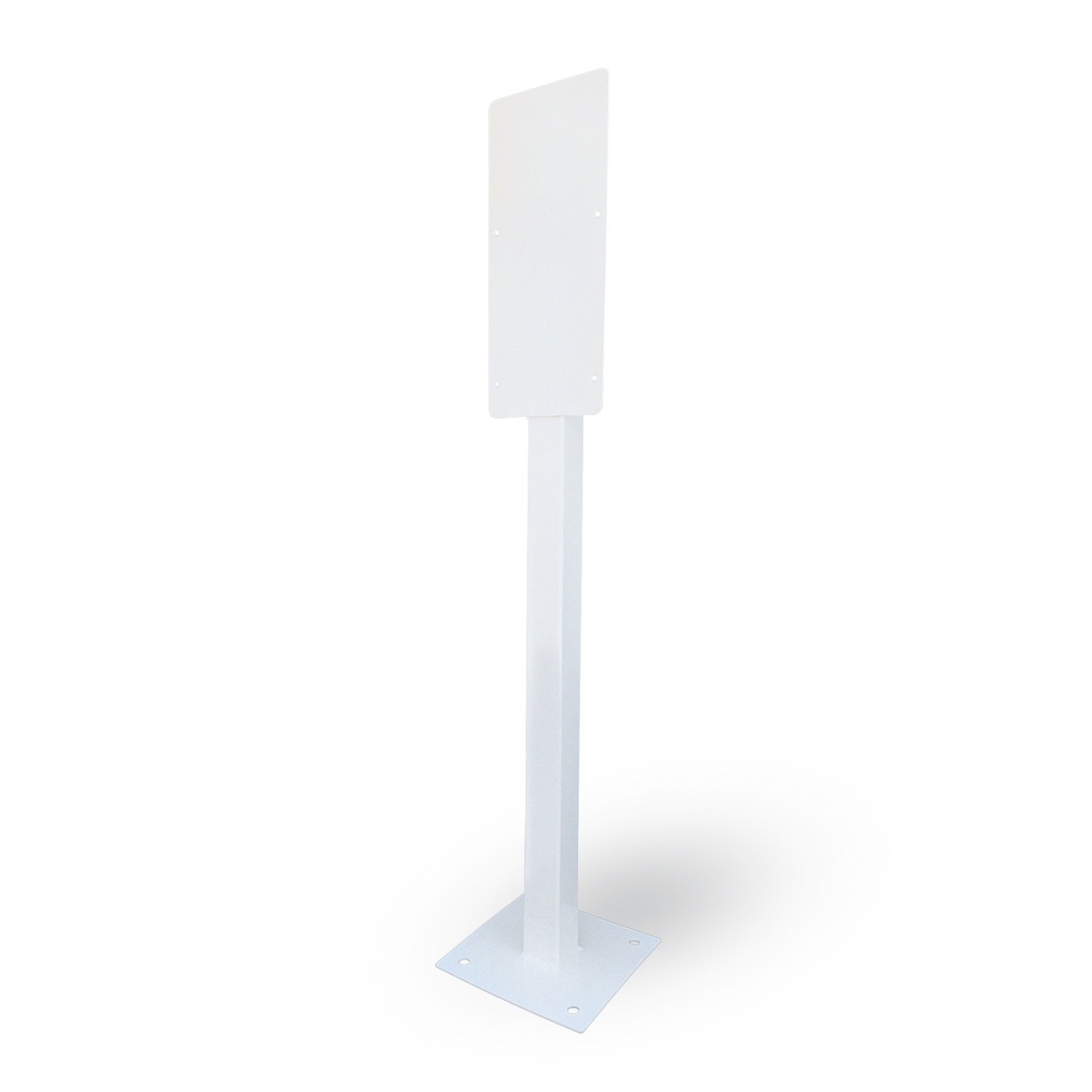

The smart charging features of the JuiceBox is really where the unit excels. We think it would be a good idea for Enel-X to offer a cold weather cable as an option in the future. For that reason, we can’t recommend the JuiceBox for outdoor installations in areas where the temperatures frequently drop below freezing. The JuiceBox’s cable actually performed the worst of all of the cables we’ve tested so far in the deep freeze test. In the case of the JuiceBox, the cable was extremely stiff and unmanageable.Įnel-x Juicebox undergoes our cable deep freeze test After about 12 hours in the freezer, we take the charger out and see how easy the cable is to bend and manipulate. We place the chargers in a commercial freezer overnight to replicate having the charger mounted outdoors in extremely cold winter conditions. One of the things we do here that nobody else does when reviewing EV chargers is what we call our cable deep freeze test.

While we don’t dislike the ITT connector, we do like the connectors used by ChargePoint and ClipperCreek a little more, because they have a softer rubberized grip, and feel a little more premium than the ITT connector does. It’s a popular choice among EVSE, and it’s a durable connector that can withstand abuse. The JuiceBox uses a connector made by ITT. We also like to take a close look at the connectors used on the chargers and compare them to competing brands. Enel solved that issue with the locking mounting bracket, enabling the JuiceBox to be both easily removable and safely secured.Įnel-x Juicebox connector compared to the connectors used by ChargePoint and ClipperCreek Other chargers that need to be securely attached to the wall cannot be quickly removed, because you need to open the unit up to remove the mounting screws that are inside the enclosure. This also allows the JuiceBox to be removed quickly if needed. That won’t be necessary for most home garage installations, but for those mounting the JuiceBox outside their home, or in a garage that other residents have access to, having the ability to lock the unit to the wall is a very important option. You then have the option of locking it in place and removing the key if needed. The JuiceBox then slides into the groves in the bracket which hole it into place.
Mounting juicebox charger install#
The JuiceBox is easy to install and only requires you to secure a long mounting bracket onto the wall. We explain how the JuiceBox’s mounting bracket works. The new, more stylish look of the JuiceBox included an LED bar across the bottom of the main unit that changes color depending on whether the car is currently charging, finished charging, or idle between charging events.
Mounting juicebox charger plus#
The new JuiceBox has all of the smart-charging features of the original JuiceBox, plus more, and it has an integrated connector holster and cable management loop. We liked the original JuiceBox EVSE a lot and reviewed it back in 2015. The unit we reviewed is actually the second-generation of JuiceBox chargers and is a completely new unit that Enel-X began selling in early 2020. The New JuiceBox has a completely new look with an integrated connector holster and cable management loop. We chose to review the 40-amp version, which we believe will be the most popular one, based on its features, cost, and power output. The Enel-X JuiceBox is available in 32, 40 & 48-amp versions, and other than the power rating, the units are identical. If you have convenient access to workplace charging, that may also impact how often you choose to charge your electric BMW overnight.After using the Enel-X JuiceBox EV charger for about 8 months now, we put it to the test in this video review, including comparisons and of course, our exclusive charger deep freeze test. Keep in mind that how often and how long you should charge your electric BMW depends in part on what kind of home charging option you have and your daily driving needs. Use DC and high-power DC chargers as often as you need, in order to extend the mileage of your electric BMW in a short period of time. While it takes longer, it is less stressful on the high-voltage battery and also a more cost-efficient way to get your range topped up. When not driving your electric BMW for a longer period of time, leave the battery between 20% and 80% charged. However, it is not recommended to charge up to 100% every day – as this can harm the battery in the long run. You can charge the battery up to 100% when you have to rely on the entire driving range of your vehicle (for a longer trip), as occasional charging to 100% doesn’t harm the battery. Staying between 20% to 80% battery capacity should leave you with enough driving miles – and you can use iDrive or your My BMW App to set a target state of charge.

The amount of miles you drive daily will determine how much charging you will need.

Similar to your cell phone, charging up your electric BMW before a day’s use is simple.


 0 kommentar(er)
0 kommentar(er)
